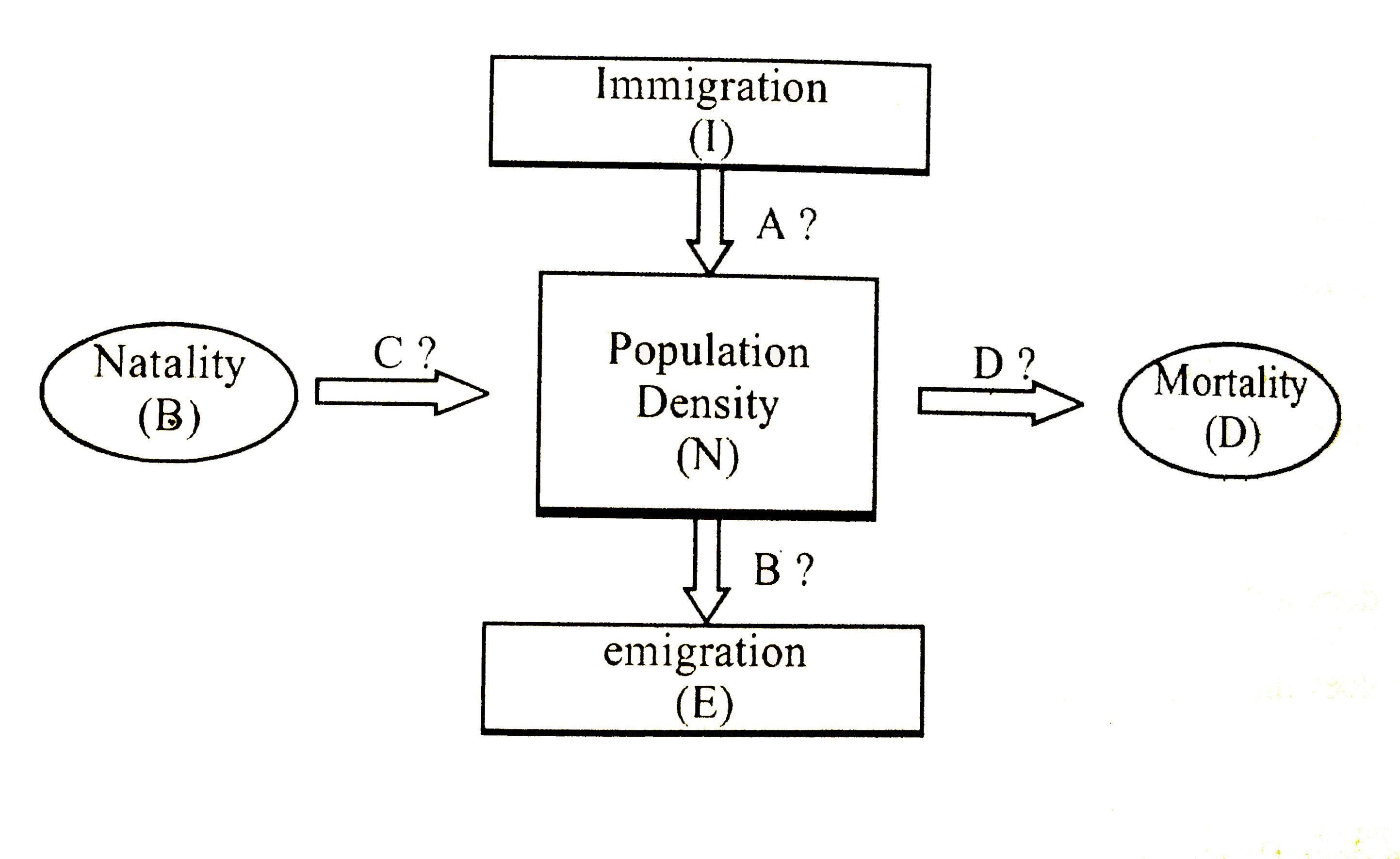During secondary growth, amount of
(a) Heartwood increases
(b) Sapwood increases
(c) Sapwood decreases
(d) Sapwood remains almost constant
(1) Only (d)
(2) (a) and (b)
(3) (a) and (c)
(4) (a) and (d)
Only (d)
(a) and (b)
(a) and (c)
(a) and (d)
Step by step video & image solution for During secondary growth, amount of (a) Heartwood increases (b) Sapwood increases (c) Sapwood decreases (d) Sapwood remains almost constant(1) Only (d) (2) (a) and (b) (3) (a) and (c) (4) (a) and (d) by Biology experts to help you in doubts & scoring excellent marks in Class 12 exams.
Updated on:21/07/2023Topper's Solved these Questions
Similar Questions
Knowledge Check
Species diversity______as one moves from high to low altitudes.
(a) increase
(b) decreases
(c) first increases then decreases
(d) first decreases then increasesAincreaseBdecreasesCfirst increases then decreasesDfirst decreases then increases
Differentiate between Heartwood and sapwood
View SolutionThe larval stage in Asterias is :
(a). Absent
(b). Free-swimming
(c). Bilaterally
(d) Radially symmetrical
1)Only (a)
2) (b) & (c)
3) (b) & (d)
4) Only (c)
View SolutionAll the asymptote stage, the population is
(a) Stabilized
(b) Increasing
(c) Decreasing
(d) Extinct
View Solution(i) Which of the following A,B,C ,d represent increases and decreases in population growth ?

View SolutionOut of the 4 whorls of flower, which of the following are sterile? (a) androecium (b) gynoecium (c) calyx (d) corolla
(1) (a) & (b)
(2) (b) only
(3) Only (c)
(4) (c) & (d)
View SolutionThe rate of physisorption increases with
(a)Decrease in temperature
(b)Increase in temperature
(c)Both A and B
(d)None of these
View SolutionThe simplest expression for arithmetic growth is
(a) root elongation
(b) increase in girth
(c) both (a) and (b)
(d) none of these
View Solution
